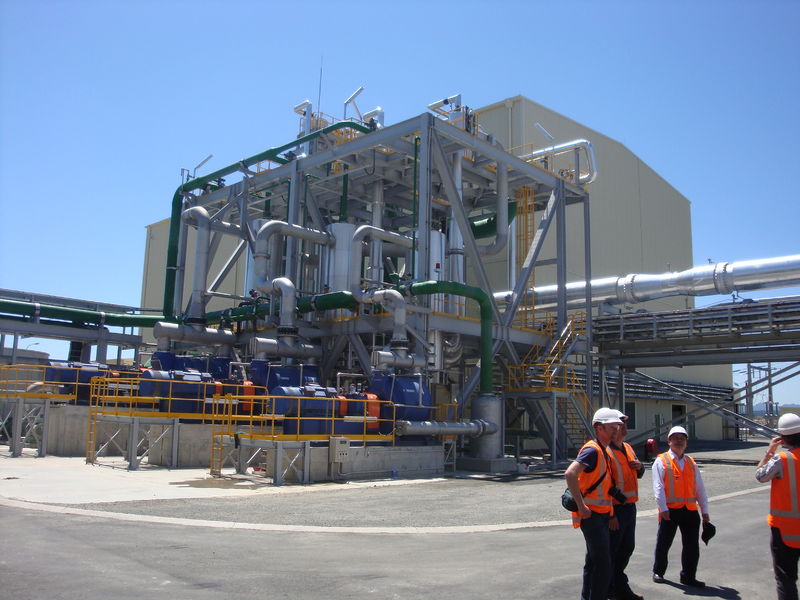NZ geothermal industry best practices and increasing collaboration
New Zealand's geothermal energy industry best practices and increasing international collaboration highlighted at GEA's International Geothermal Showcase in Washington in late May.
Late in May this year, stakeholders from around the world gathered at the Geothermal Energy Association’s International Geothermal Showcase at the Ronald Reagan Building in Washington, DC. As an event that highlighted progress in international geothermal development, New Zealand was one of the countries whose headway is quickly turning the country into a flag-bearer for both geothermal best practices and as well the fostering of international partnerships.
Mike Allen, Chair of Geothermal New Zealand stressed that despite functioning in a completely deregulated market, it is possible for geothermal technology to flourish. He cited several plants, including Kawerau, Nga Awa Purua, and Te Huka as sites that exemplify industry best practices in cost, time, and plant output. Companies are also being creative and resourceful in the uses for heat as well. The Kawerau plant, the single largest geothermal industrial site in the world is devoted to the pulp & paper industry (a niche often overlooked).
Because of New Zealand’s limitations, companies have begun consulting and collaborating abroad seeking further opportunities for growth. Relationships in Indonesia, the Philippines, and Kenya have helped companies such as Mighty River Power to expand their global footprint. Through investments via Geoglobal Energy LLC. Mighty River is now also utilizing its capacity in the US, Chile, and Germany.
Gene Larson, Director of SNC-Lavalin Thermal Power spoke further on this topic of successful international collaboration by presenting a case study on the 166 MW Te Mihi plant. The Te Mihi construction was undertaken by a three-pronged joint venture: MacDow (a local construction contractor), SNC-Lavalin (the US-based Power EPC), Parsons Brinckerhoff (for the technical geothermal design), as well as a set of international specialty consultants. Mr. Larson also spoke about how the ease of doing business in New Zealand was critical in making the joint venture successful. A couple of the major associated factors cited were the complete and absolute intolerance for corruption in the bidding and tendering process, as well as having an innovative and energized workforce with international experience.


















